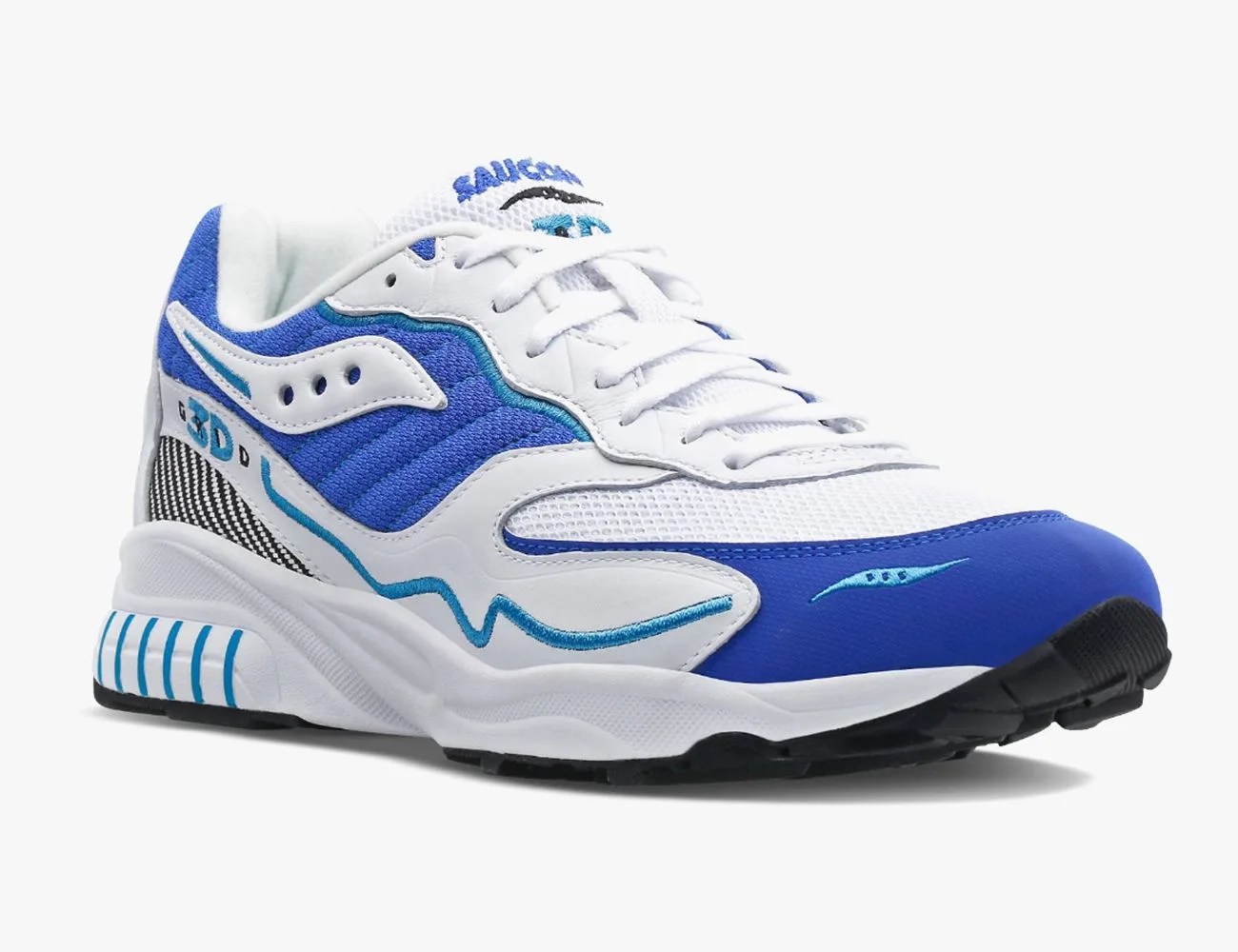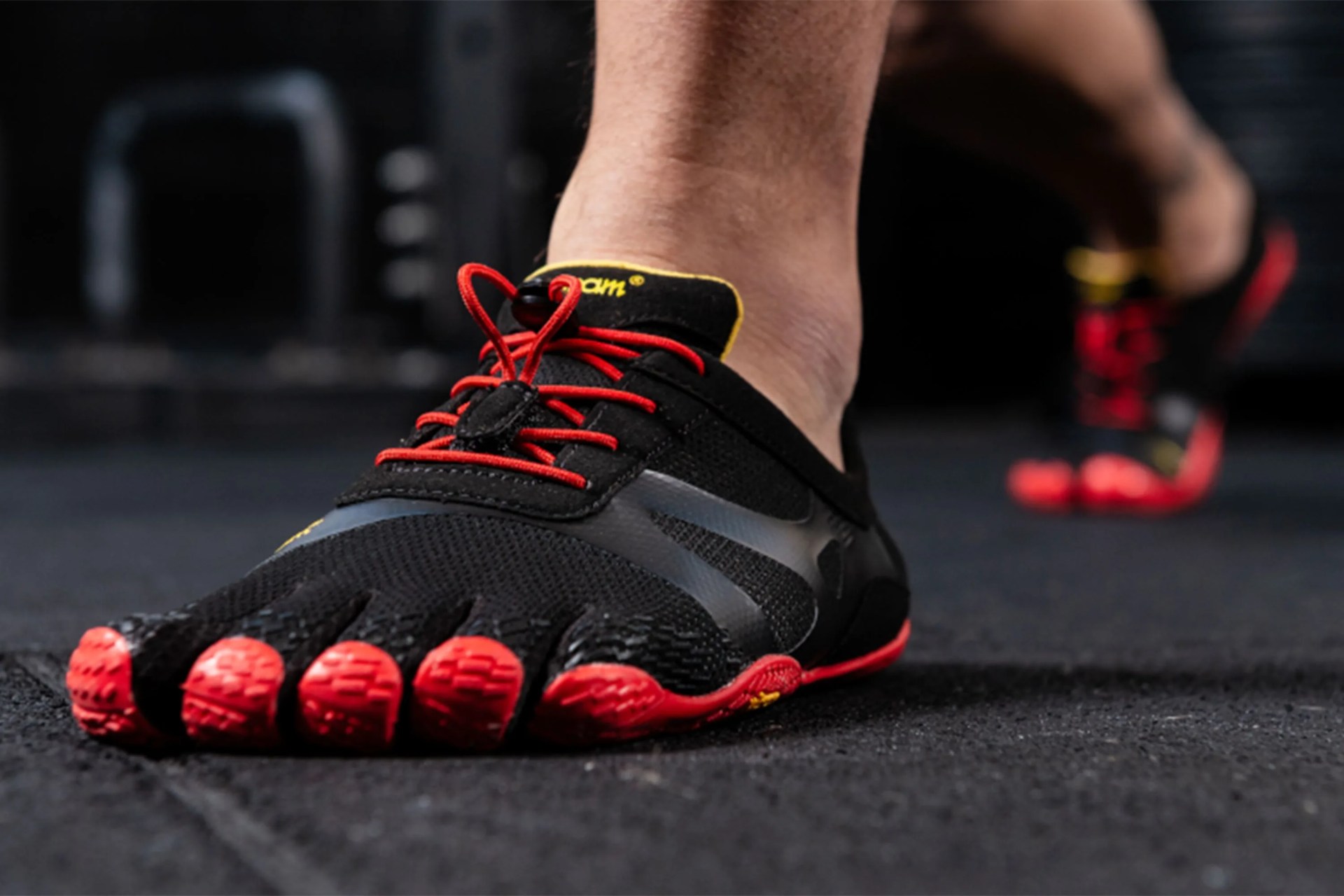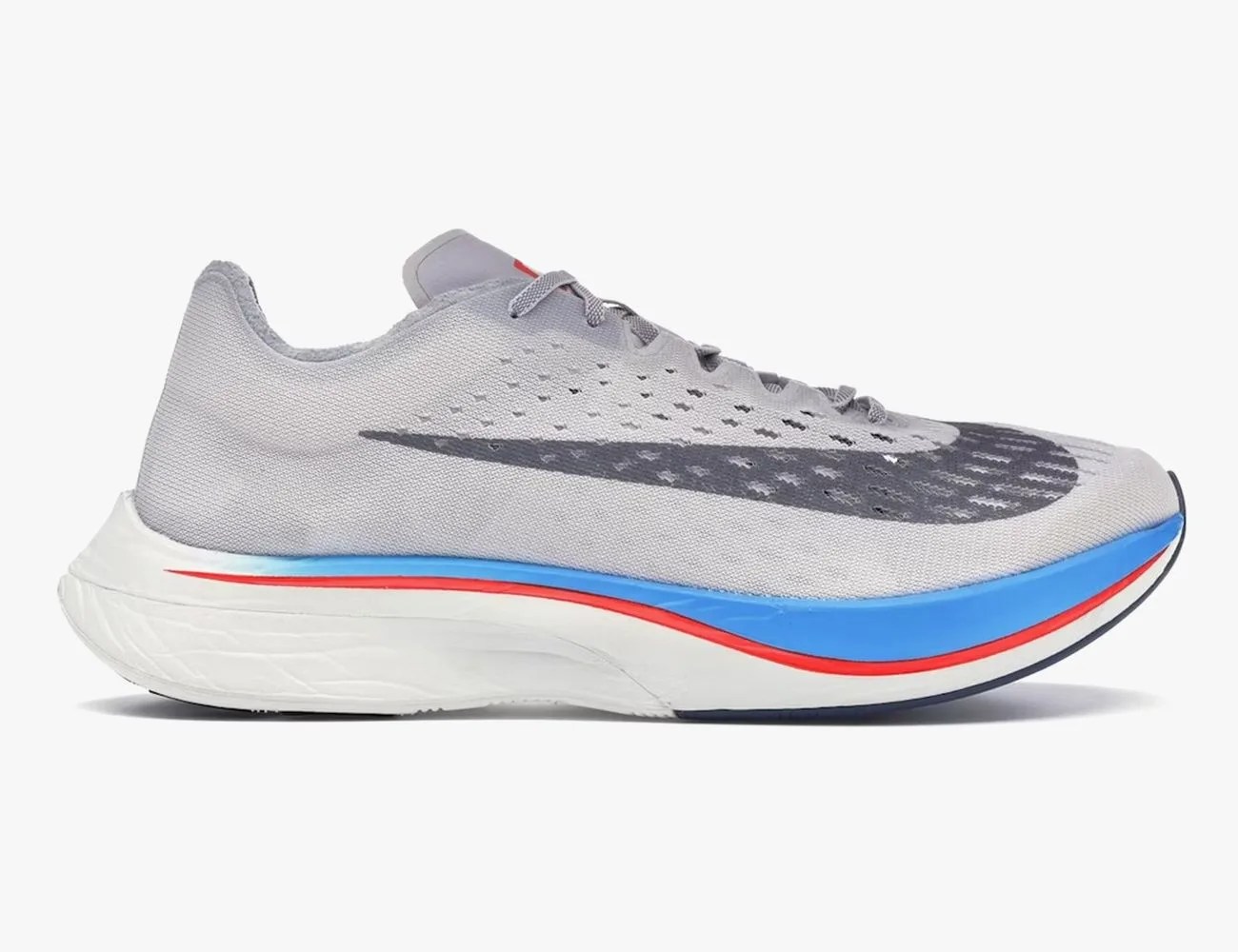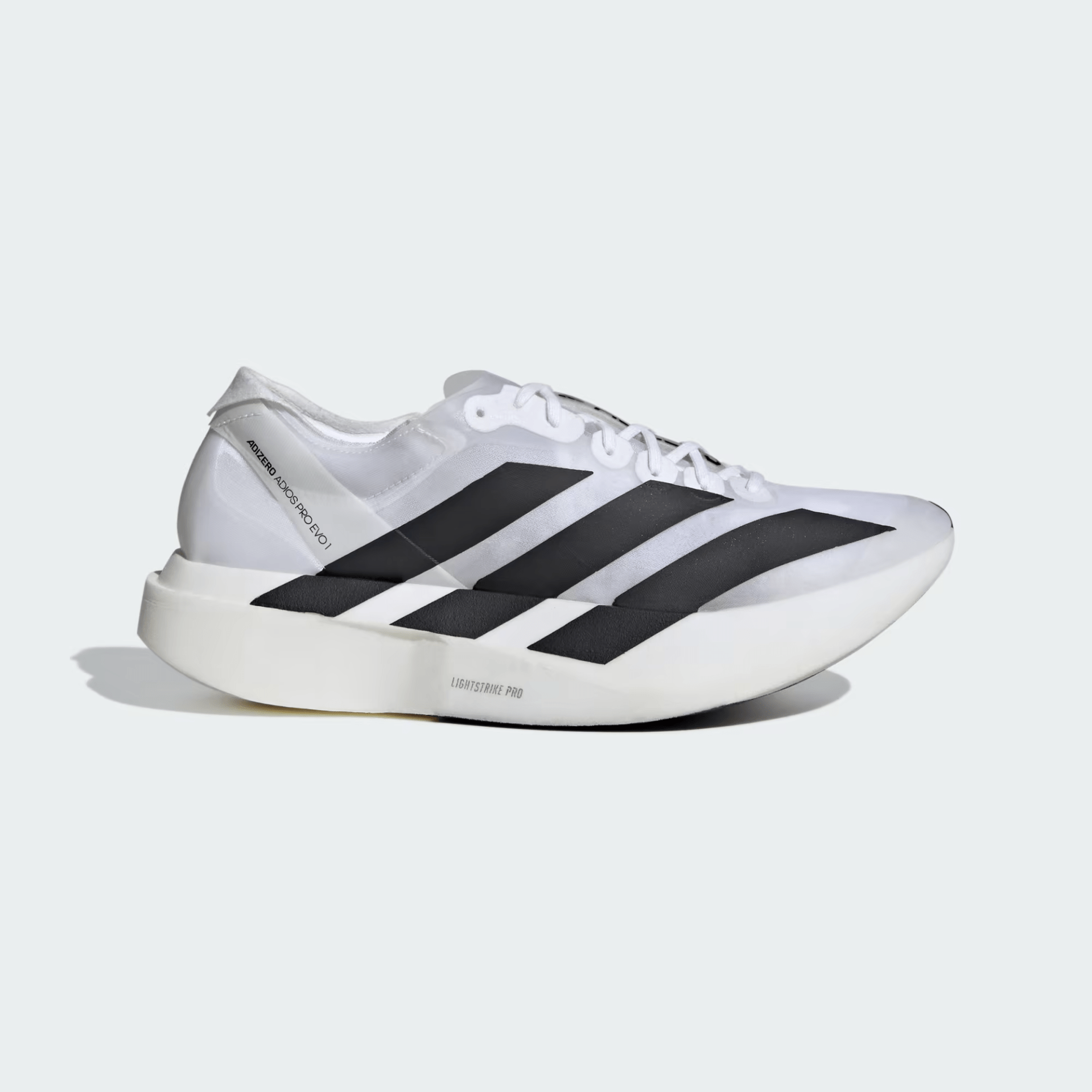Since the dawn of humankind, we’ve been able to run. But would you believe the idea of logging daily miles is less than 100 years old? Yes, the exercise that’s given us plenty of cardio-boosting benefits, sleek apparel options and more is younger than you’d think. So, too, are the shoes we all do it in.
Before we all started viewing running and jogging as a healthy way to spend our mornings and afternoons, the activity was reserved for elite athletes in the throes of competition. Even still, the sneakers donned by these physical champions were not of the same quality we’ve come to associate with today’s racing shoes.
Often featuring rigid midsoles with little cushioning, as well as heavy leather uppers, these kicks had more in common with your typical work boots than structures designed for fitness-related endeavors.
So how did we go from less-than-comfy track shoes to the stylish, cozy sneakers now filling sporting goods stores across the world? To answer that question, you need to look at the activity’s evolution throughout the years.
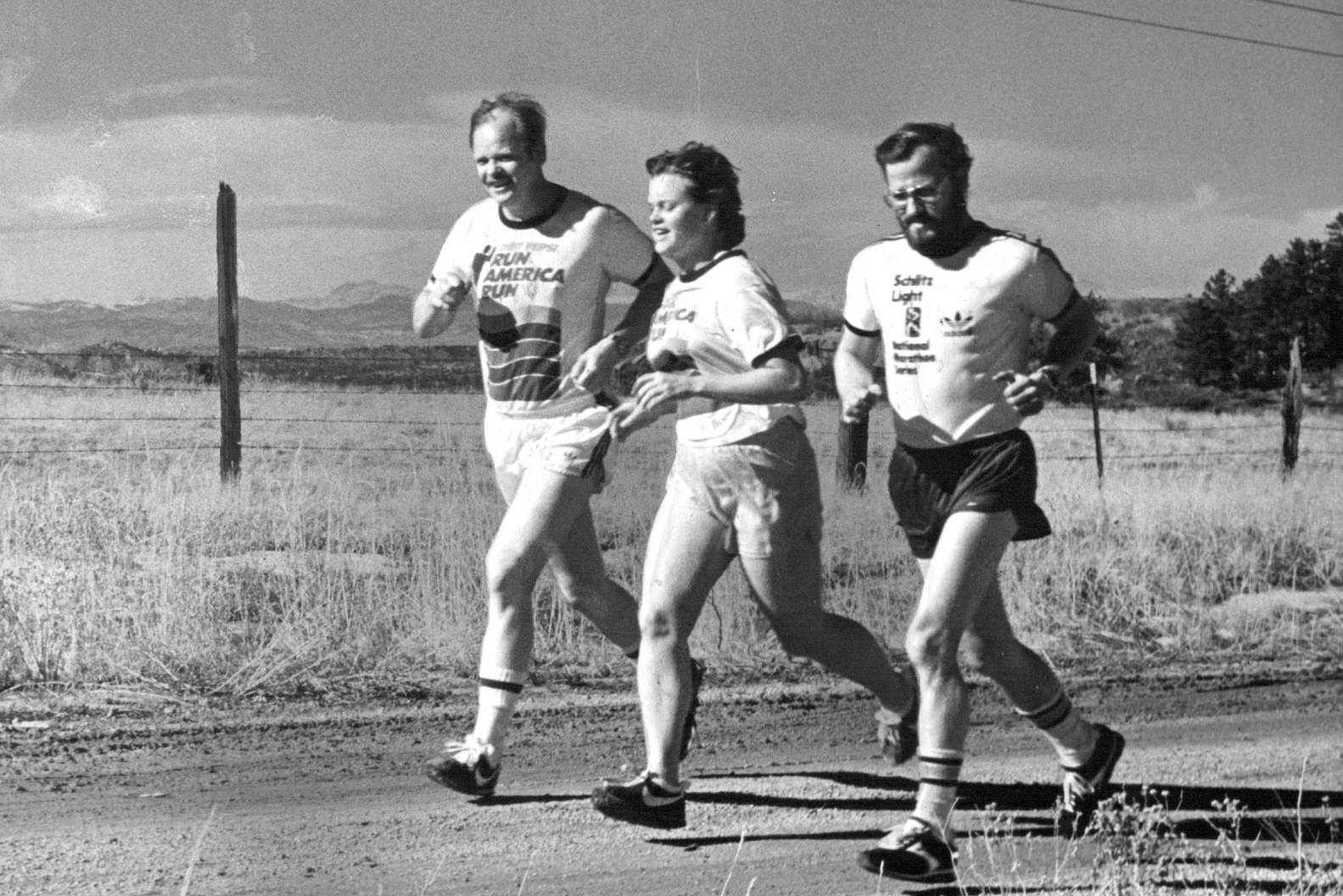
The History of Running Shoes
Running’s growth as a fitness discipline for the masses really started to take hold in the 1970s, and as such, our idea of the “modern” running shoe has its roots here, too.
In the following decades, both the equipment and sport continued to advance through innovative practices and advancements, all designed to give athletes of the time the tools they needed to keep moving forward, ever faster.











